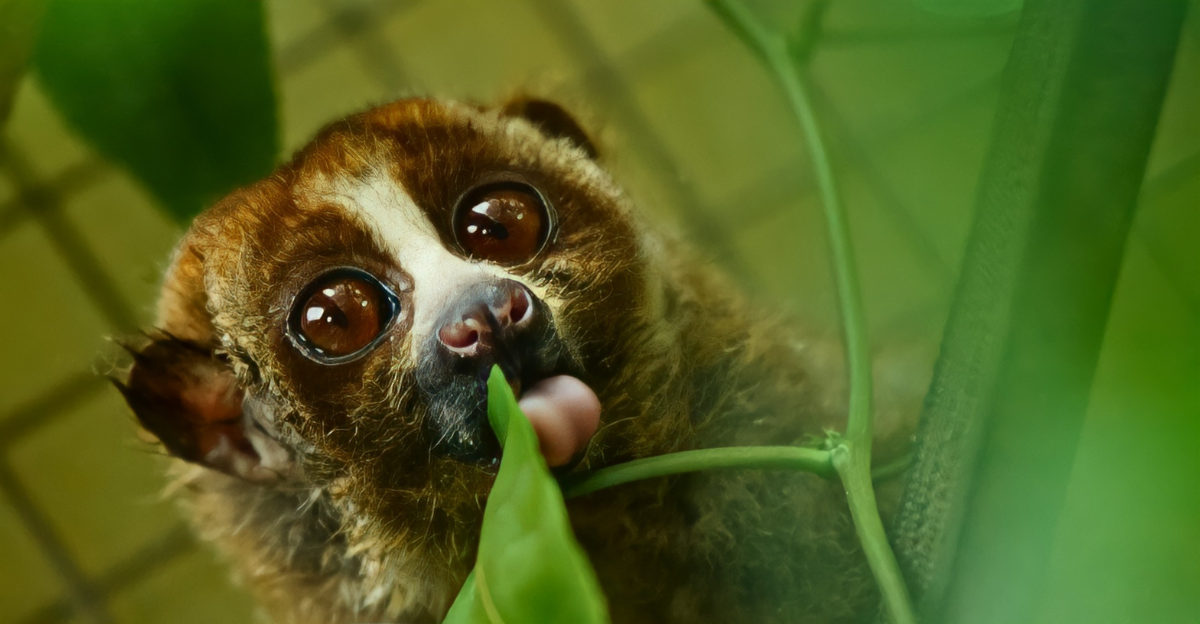
Some animals die in ways that seem almost invisible. No body, no bones, no scene left behind. They slip away quietly, as if choosing to leave no trace.
For centuries, people have noticed this disappearing act and passed it off as myth. But scientists confirm it happens.
From rivers to mountains to seas, a few creatures simply vanish when their time is up. It’s not about predators or accidents.
It’s about instinct, secrecy, and survival: right until the end. These are the animals that know how to check out of life without being found.
The Mystery of Disappearing Deaths
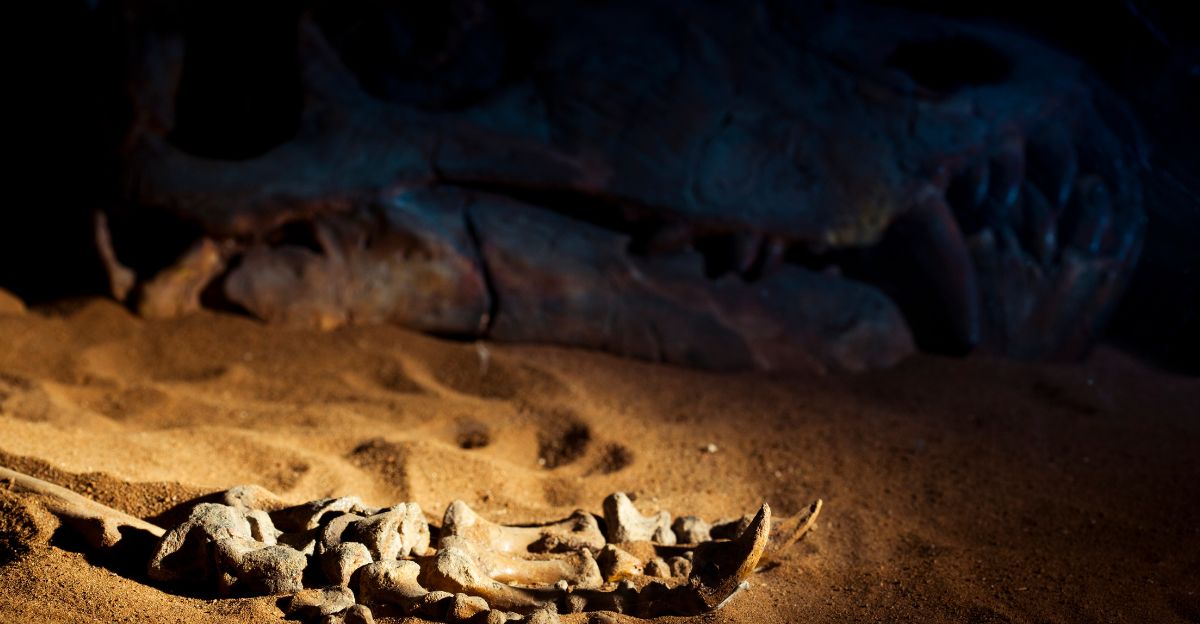
Most animals leave signs when they die: bones, feathers, shells, or tracks that scavengers don’t erase. But a few don’t follow that rule.
They separate from others and go somewhere so remote that no evidence is left. Scientists struggle to study this, since bodies are rarely found. The result: quiet, unsolved mysteries in nature.
Patterns in the Wild
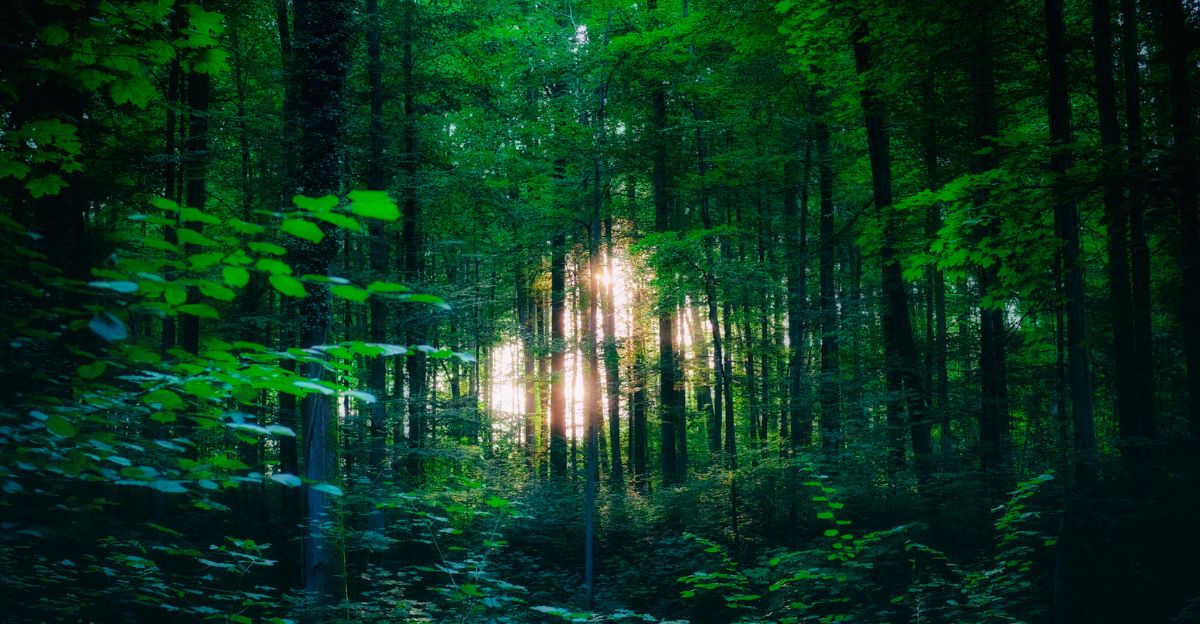
Across different habitats; oceans, forests, rivers, and mountains, this same strange pattern shows up. Certain species withdraw completely when the end is near.
They hide, sink, or vanish, and humans are left guessing where they went. It raises an important question: is this deliberate behavior or just survival instinct working until the very last breath?
Japanese Giant Salamander
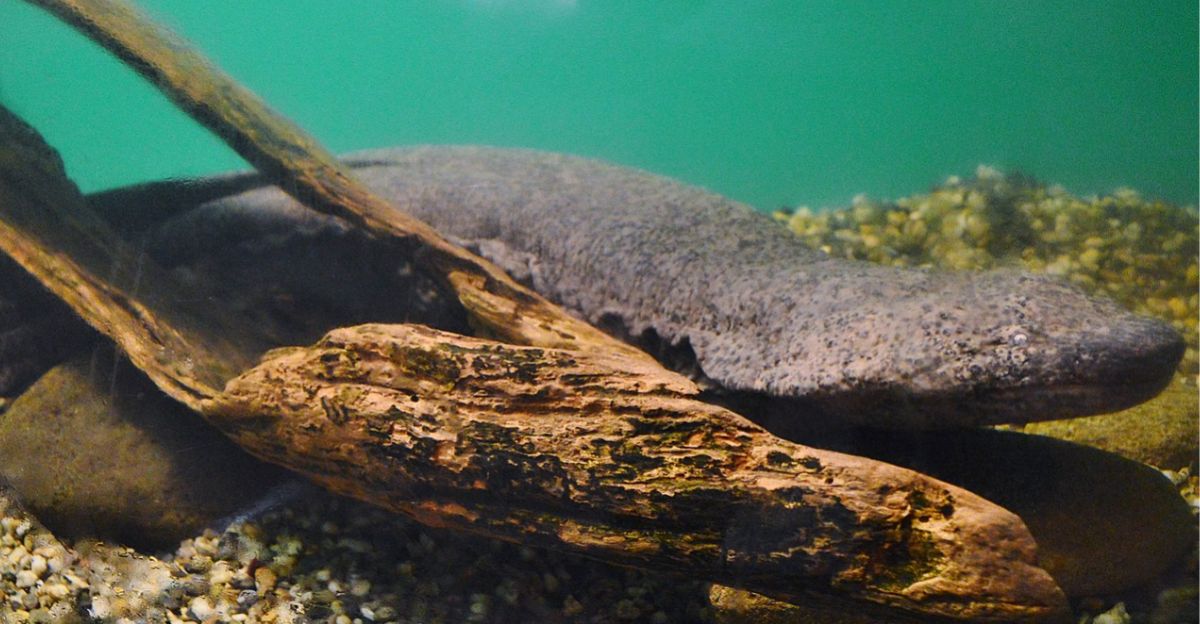
This huge amphibian can live for decades in Japanese rivers. When death approaches, it disappears into cracks under rocks or deep crevices.
Rarely are bodies found. Researchers only know one has died through tracking data or water chemistry changes. For such a large, ancient creature, its silent exit is almost impossible to confirm without technology.
Octopus Retreat
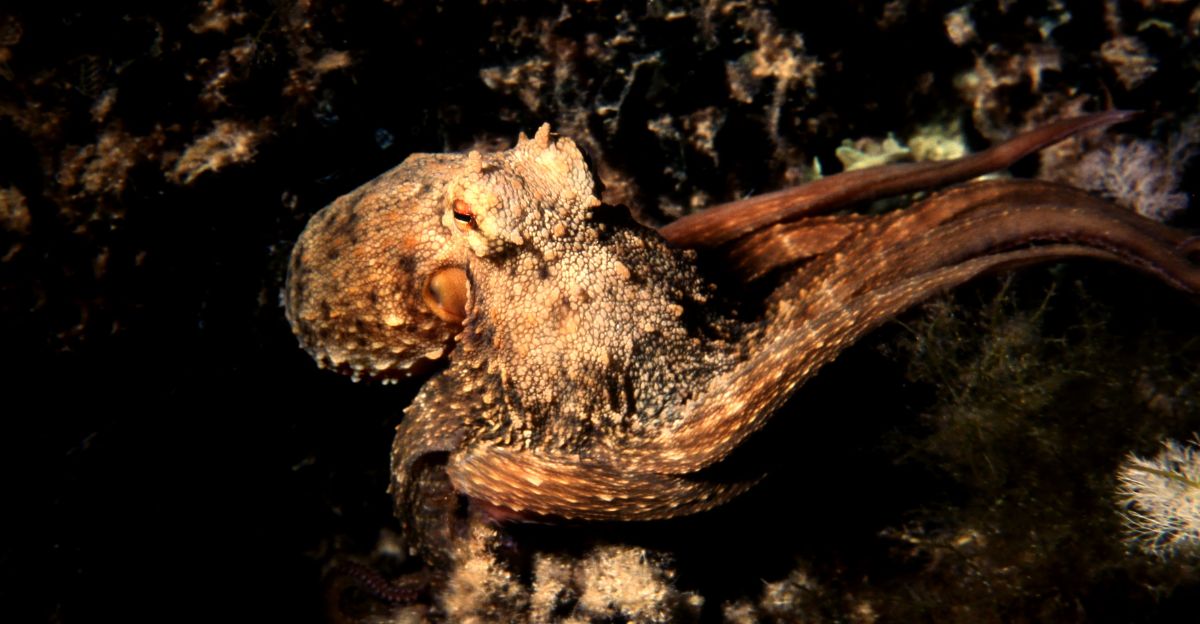
Female octopuses die after reproducing, but not in the open. They choose dens so narrow no other creature can enter.
Inside, they weaken and dissolve, often unseen. Even in captivity, octopuses seek the darkest corners, refusing to move until death comes. By the time researchers inspect, the animal has already broken down into the seabed.
Snow Leopards in the Mountains

Snow leopards live in extreme isolation at high altitudes. When injured or old, they retreat even further into cliffs that humans cannot reach.
Bodies are almost never recovered. Sometimes a tracking signal simply stops. Freezing winds and scavengers erase any traces quickly, making their solitary deaths nearly impossible to document directly in the wild.
Salmon After Spawning

Pacific salmon die soon after spawning, but many do not leave obvious remains. Some wedge themselves under roots or drift into currents where they decay fast.
Their soft bones and bacteria-rich environment break them down in days. In untouched rivers, whole groups can vanish after spawning, leaving no evidence unless the migration is witnessed.
Tarsiers Go Silent

These tiny primates in Southeast Asia already avoid detection, but near death, they stop calling and disappear into trees or dense foliage.
Their bodies decompose quickly and scavengers finish the job. Researchers often lose their signals suddenly, with no remains recovered. It’s unclear if this is deliberate or just instinct to hide when weak.
Elephants’ Solitary End

Though highly social, elephants often leave their herd when dying. They walk far into forests or toward hidden places, refusing company.
Bones are sometimes found later in remote areas, picked clean. Herd members seem to respect this withdrawal, sometimes following but keeping distance. It’s one of the most striking examples of purposeful solitary death.
Green Sea Turtles
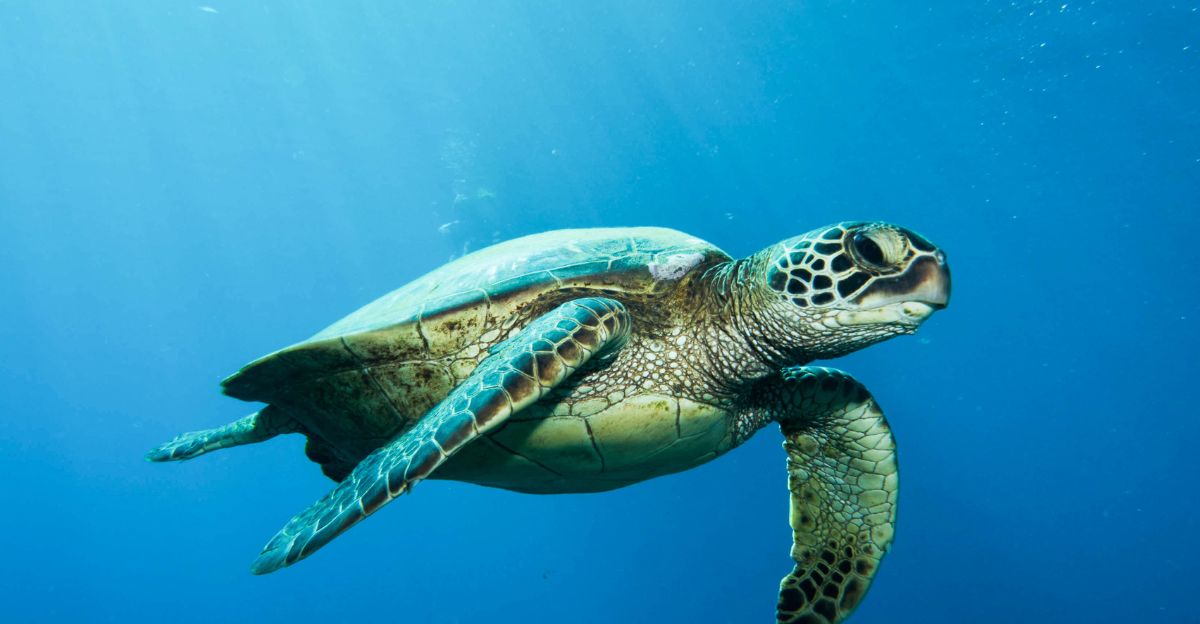
These turtles live for decades and are seen nesting or migrating, but rarely dying. Old or sick turtles often drift far into the ocean or sink into trenches.
With dense shells, they don’t always float. Tagged turtles sometimes vanish without a trace, leaving scientists to wonder where such large, long-lived creatures go at the end.
Orangutans Withdraw

In Borneo and Sumatra, orangutans retreat deep into the canopy when death approaches. Field researchers studying them for decades almost never witness natural deaths.
Signals from tagged animals stop suddenly in the treetops, and nothing is found. Their preference for privacy in life seems to extend to death, ensuring no one sees their final moments.
Dragonflies Mid-Flight

Migrating dragonflies, like the green darner, sometimes disappear while in motion. Males fly until their bodies give out, then glide off into reeds or water.
Their small bodies vanish quickly into vegetation, leaving no sign. Despite huge migrations, very few dead dragonflies are ever found, suggesting this quiet retreat is more common than once thought.
The Maned Wolf
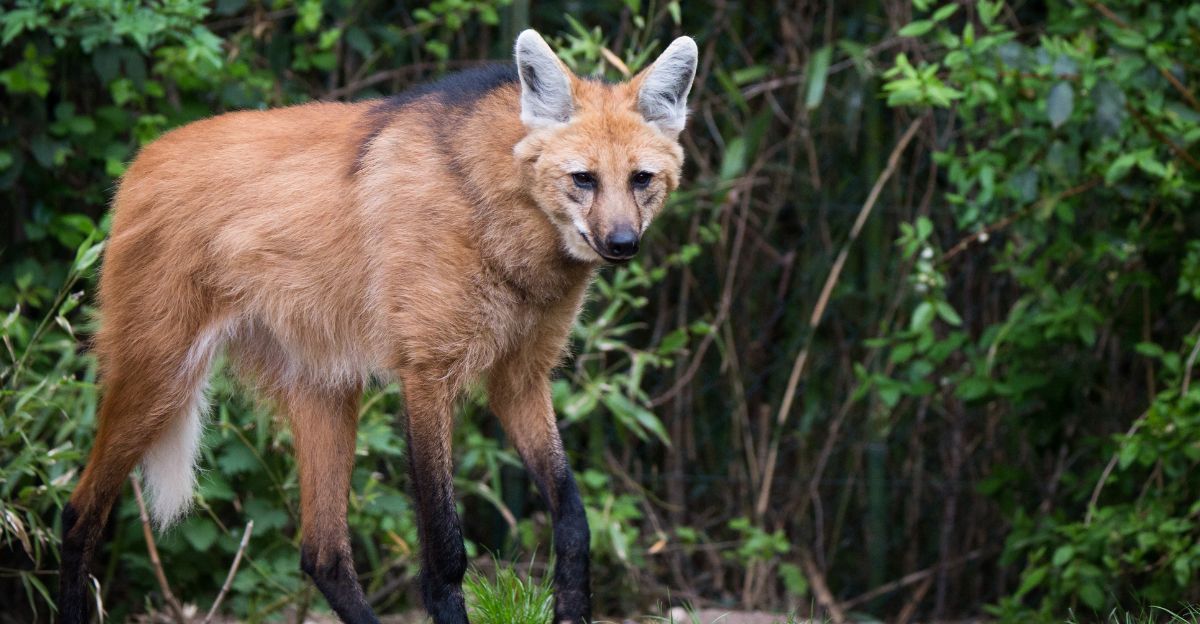
Native to South America, the maned wolf disappears into remote scrublands when dying. Tracking data often ends in unmapped zones with no body recovered.
Locals describe howls that stop suddenly, followed by silence. Its natural reclusiveness extends into death, leaving almost no evidence of its passing, despite its size and distinct presence in the wild.
What Links These Species
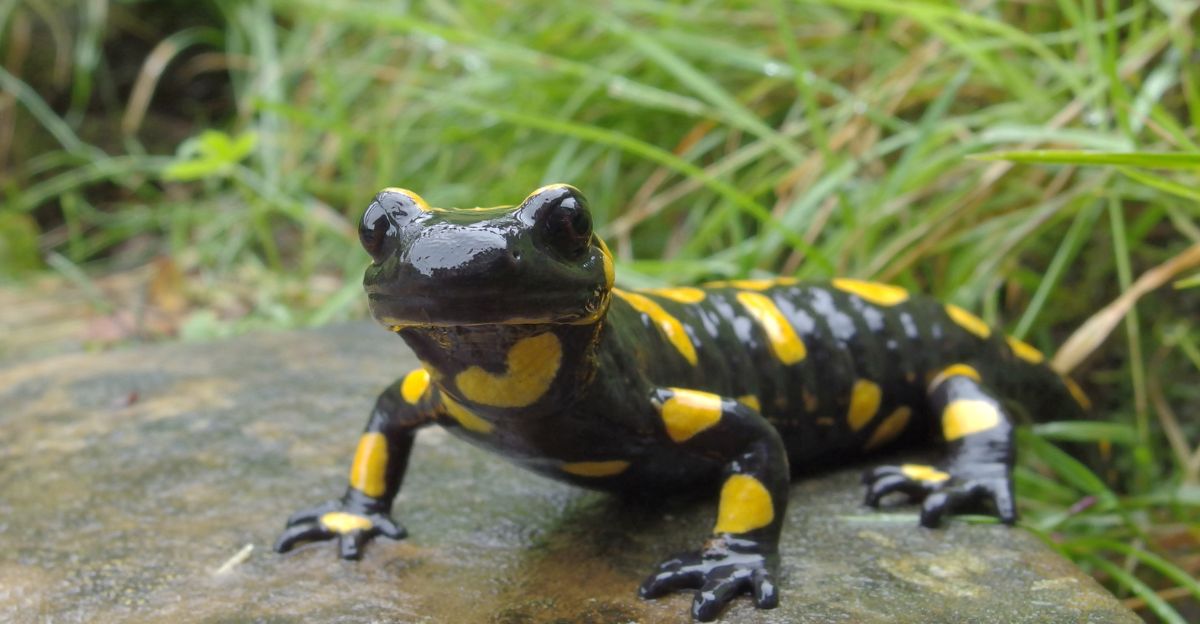
Across amphibians, mammals, reptiles, fish, and insects, one thing stands out: the tendency to isolate before death.
Scientists debate whether this protects the group from disease, prevents predators from targeting the weak, or simply reflects instinct to find safety. Whatever the cause, the outcome is the same: few remains and little data to study.
Cultural Stories

In many places, these vanishings are woven into folklore. In Japan, villagers speak of giant salamanders disappearing like river spirits.
In Africa and Asia, elephants’ solitary walks are tied to stories of wisdom and mystery. People notice the absence, and myths grow around it, often long before science began asking questions.
Science Struggles to Prove It
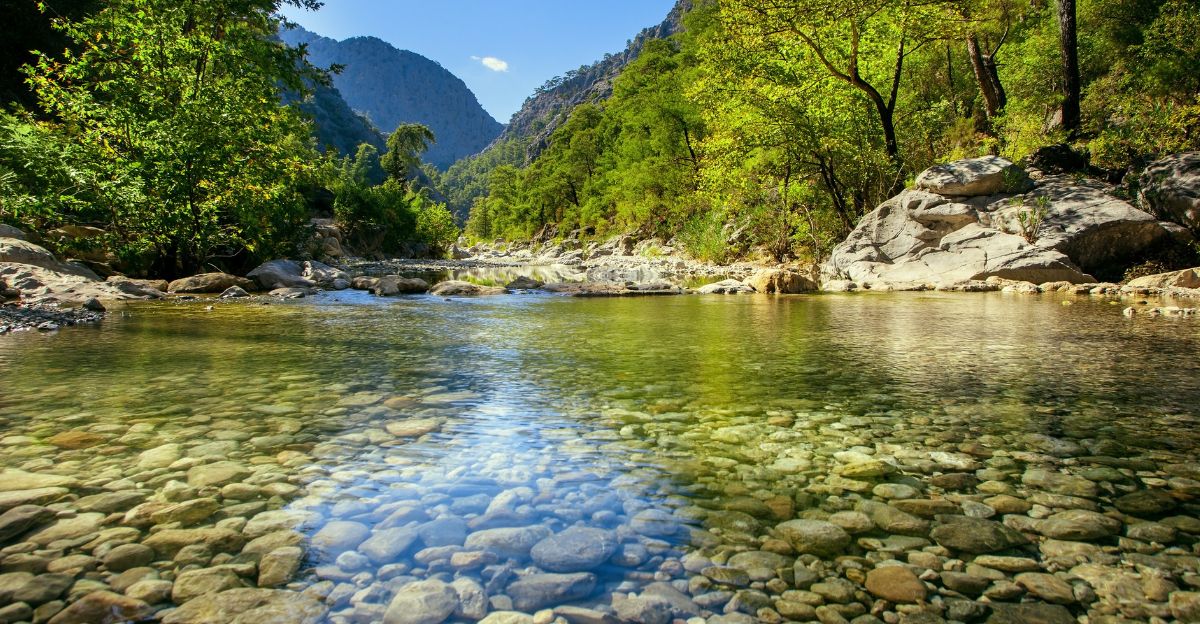
Most evidence comes from indirect observations: lost tracking signals, absence from known ranges, or changes in nearby ecosystems.
Without remains, studies are limited. Remote habitats make recovery difficult. And decomposition or scavenging finishes what the animal started. This lack of physical proof fuels both scientific curiosity and cultural speculation about what really happens.
Possible Explanations

Several theories exist. One is that isolation prevents predators from finding the group. Another suggests animals conserve energy by hiding.
Some researchers think it may even be a form of programmed behavior: an instinct written into their biology. But with so little direct evidence, explanations remain educated guesses rather than solid conclusions.
Why It Matters

Understanding animal death patterns helps conservationists. If remains are never found, population declines may be underestimated or misunderstood.
Learning why species disappear at death could also shed light on stress, survival instincts, and evolution. It’s not just about mystery: it’s about how life ends quietly in the wild without human eyes to see it.
The Bigger Picture

These cases remind us that much of nature happens beyond human observation. There are countless unrecorded disappearances for every documented disappearance.
Death is as much a part of the life cycle as birth, yet these animals show us it can be private, hidden, and entirely unseen. It challenges our assumptions about life’s final stage.
Quiet Exits
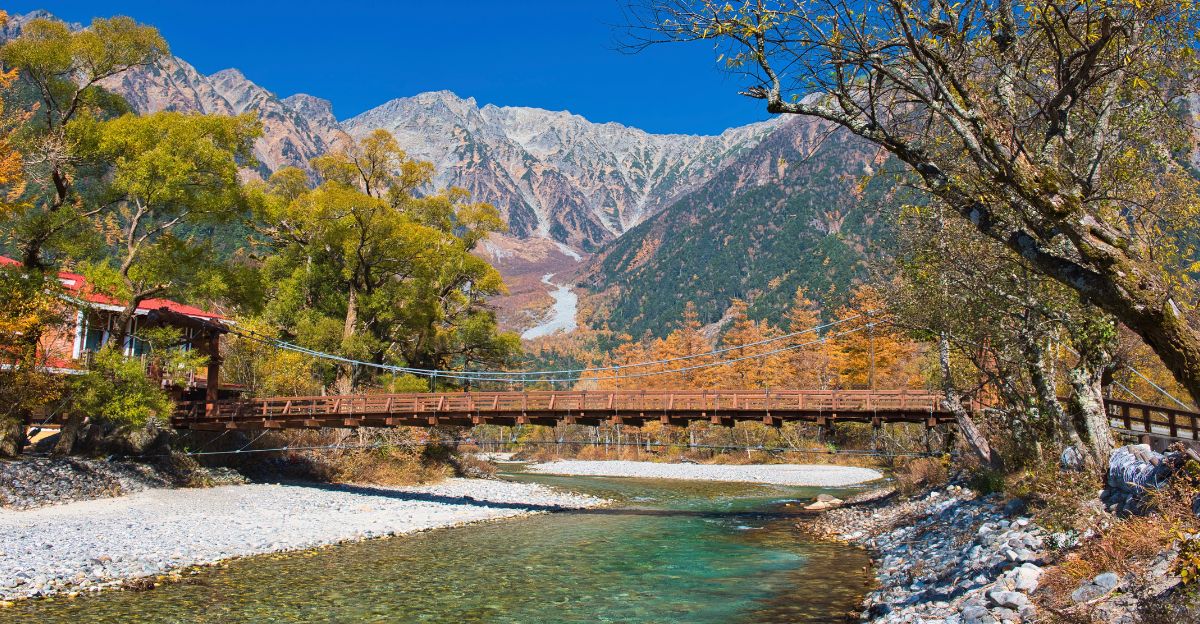
Some animals fight, some linger, and some simply vanish. From salamanders in rivers to wolves in scrublands, their deaths leave no trace for us to study.
What looks like a mystery might be instinct. What feels like disappearance may just be another way nature works. Quiet, final, and hidden: life ending without an audience.